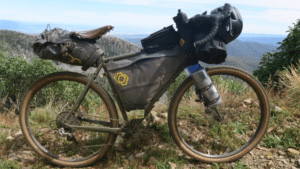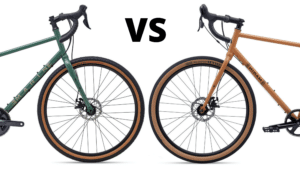Updated: 12th Sept 2025
Choosing between a gravel bike and a touring bike comes down to one key question: What kind of riding will you do most? Gravel bikes prioritize versatility and speed across varied terrain, while touring bikes specialize in comfort and stability when carrying heavy loads over long distances. Neither category is monolithic—both include multiple subcategories designed for different purposes.
This guide breaks down every type within each category, helping you understand which specific bike matches your cycling goals.
Quick Summary: Key Differences
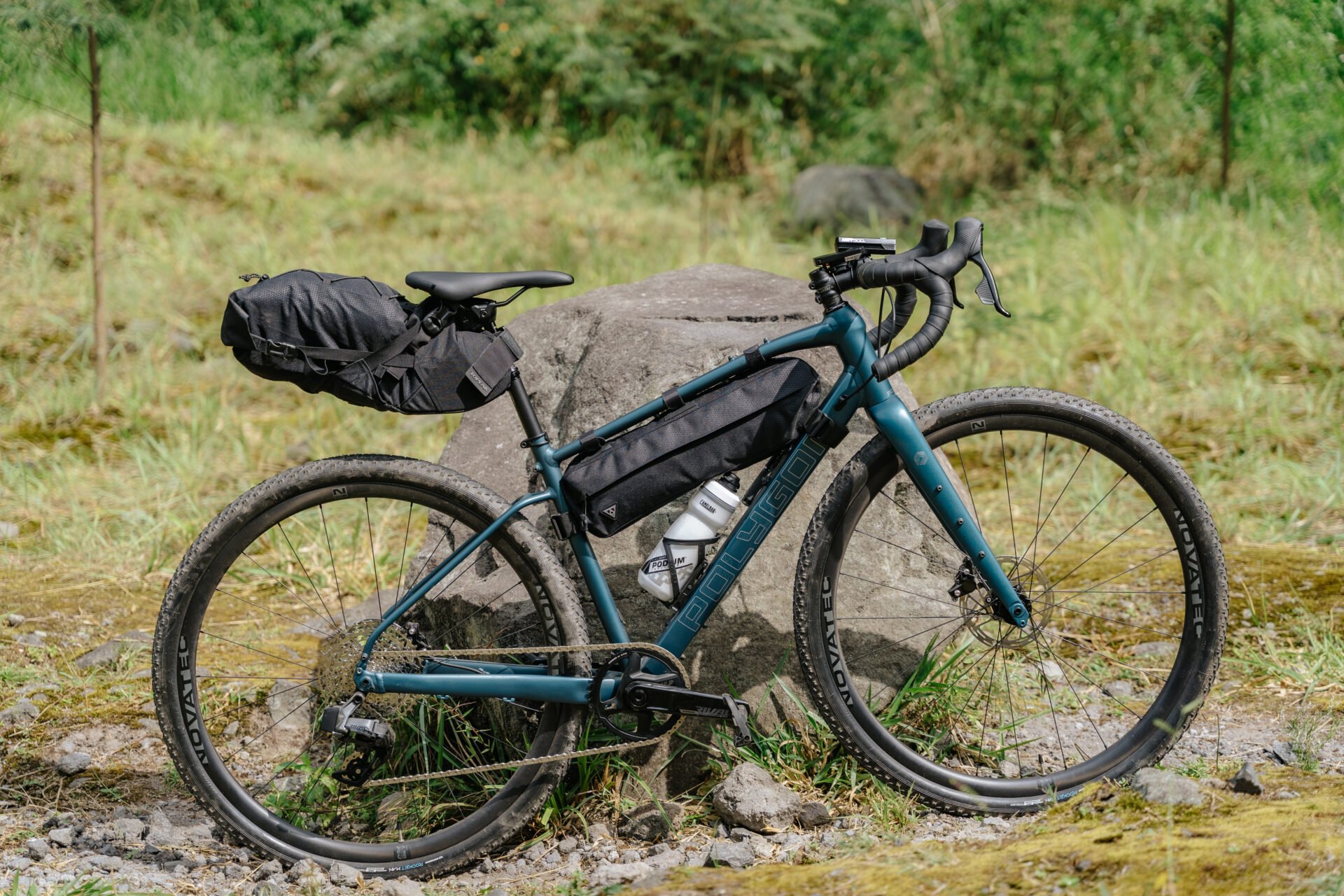
Gravel bikes excel at multi-surface riding without heavy loads, maintaining speed and efficiency across different terrain while serving as a single-bike solution for varied riding styles. They typically weigh between 9-13 kg (20-29 lbs) and focus on versatility through compromise.
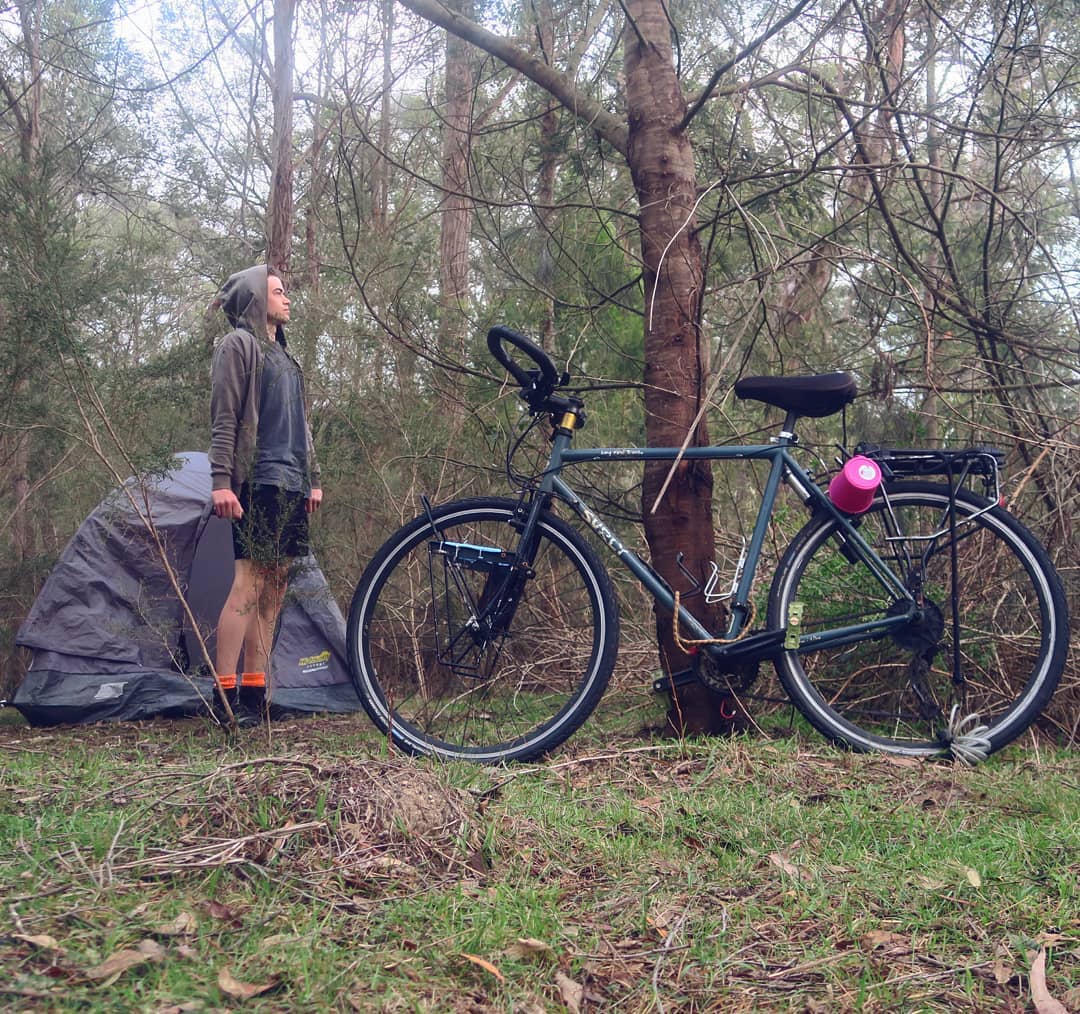
Touring bikes excel at long-distance comfort with heavy gear, offering exceptional stability and reliability under load through specialized design for extended travel. They typically weigh between 13-18 kg (29-40 lbs) and prioritize specialization over versatility.
Understanding Gravel Bike Types
Gravel bikes aren’t just one thing. They range from race-focused speed machines to adventure-ready touring alternatives, each designed for specific riding applications and user preferences.
Race-Oriented Gravel Bikes
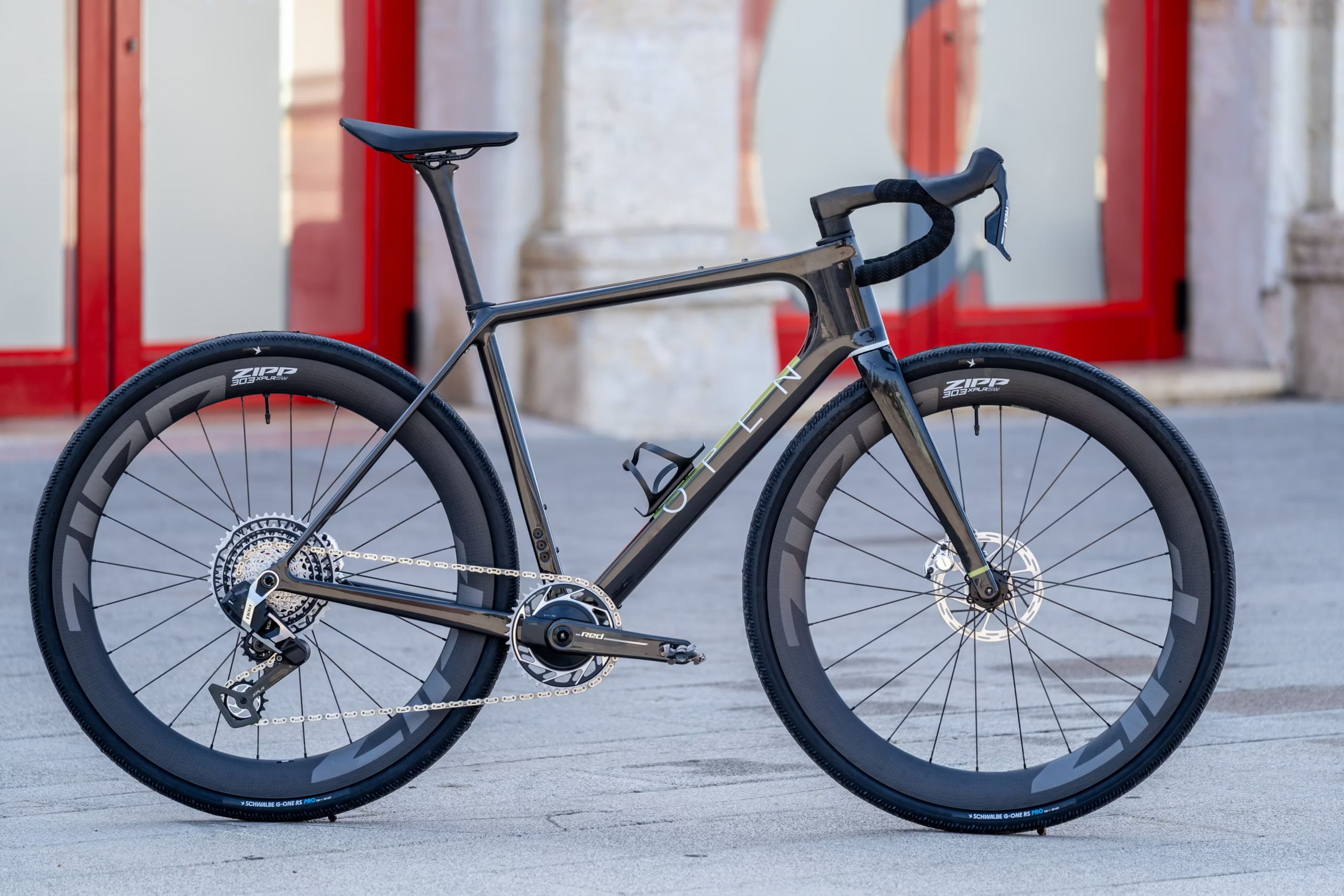
Race-oriented gravel bikes mirror road bike geometry with lightweight construction and minimal gear-carrying capability, making them best suited for competitive gravel racing and fast group rides. These bikes typically weigh between 8.5-10.5 kg (18.7-23.1 lbs) and are built primarily from carbon fiber to maximize weight savings and stiffness.
The tire clearance on race gravel bikes usually accommodates 32-40mm tires, providing enough room for gravel conditions while maintaining aerodynamic efficiency. Mounting points are kept to a minimum to reduce weight, and the gear range is narrow but optimized for speed rather than climbing steep grades with heavy loads. Price ranges typically span from $1,500 for entry-level models up to $7,000+ for premium carbon offerings.
Popular models in this category include the Specialized Crux and Canyon Grail CF SL, both designed with aggressive geometry that prioritizes performance over long-term comfort.
All-Road/Endurance Gravel Bikes
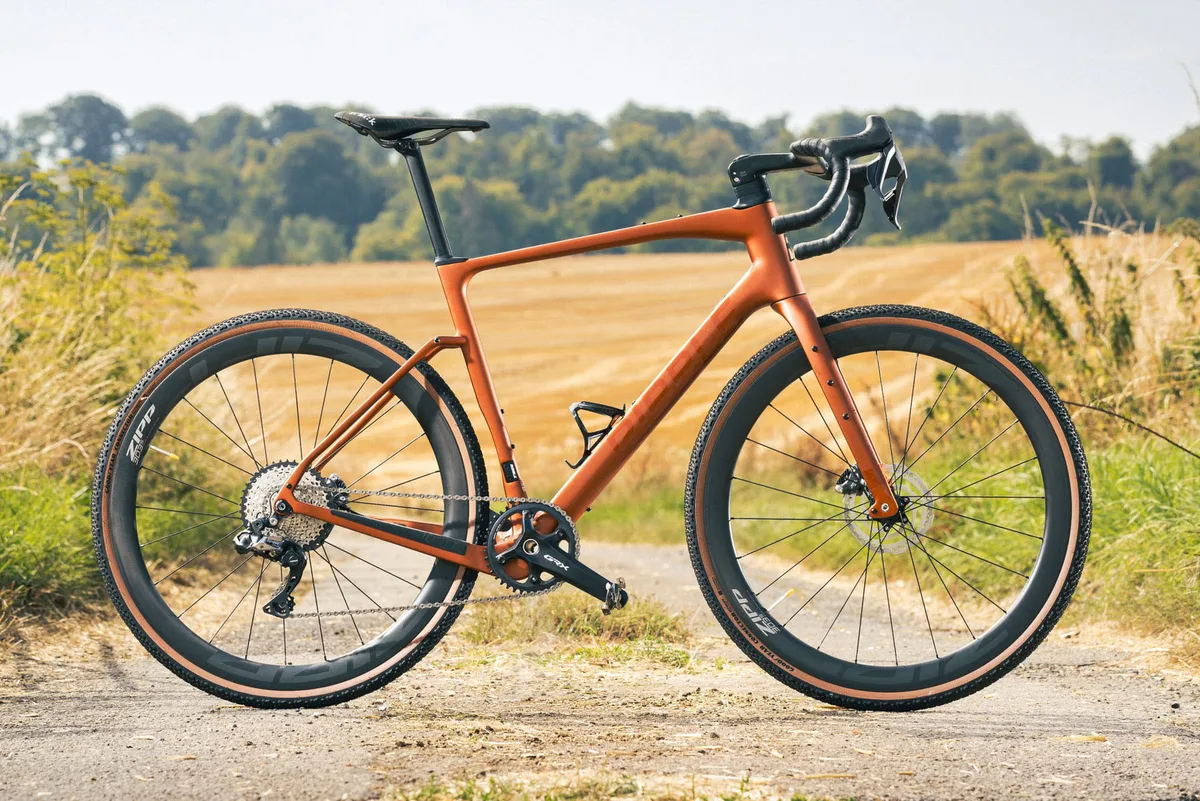
All-road and endurance gravel bikes offer the best balance between performance and comfort for recreational riders, making them ideal for mixed-surface day rides and light overnight trips. These bikes typically weigh between 9.5-11.5 kg (20.9-25.4 lbs) and are available in carbon, aluminum, and some steel frame options.
Tire clearance increases to 35-45mm, providing more cushioning and traction compared to race-oriented models while still maintaining reasonable rolling resistance on pavement. Mounting points are adequate for light touring applications, allowing riders to attach frame bags or small racks for overnight adventures. The gear range is balanced for varied terrain, offering both climbing capability and reasonable top-end speed.
Pricing for all-road gravel bikes ranges from $1,200 to $5,000+, with popular models including the Trek Checkpoint and Specialized Diverge. These bikes represent the sweet spot for riders who want one bicycle capable of handling everything from road rides to light gravel touring.
Adventure/Bikepacking Gravel Bikes
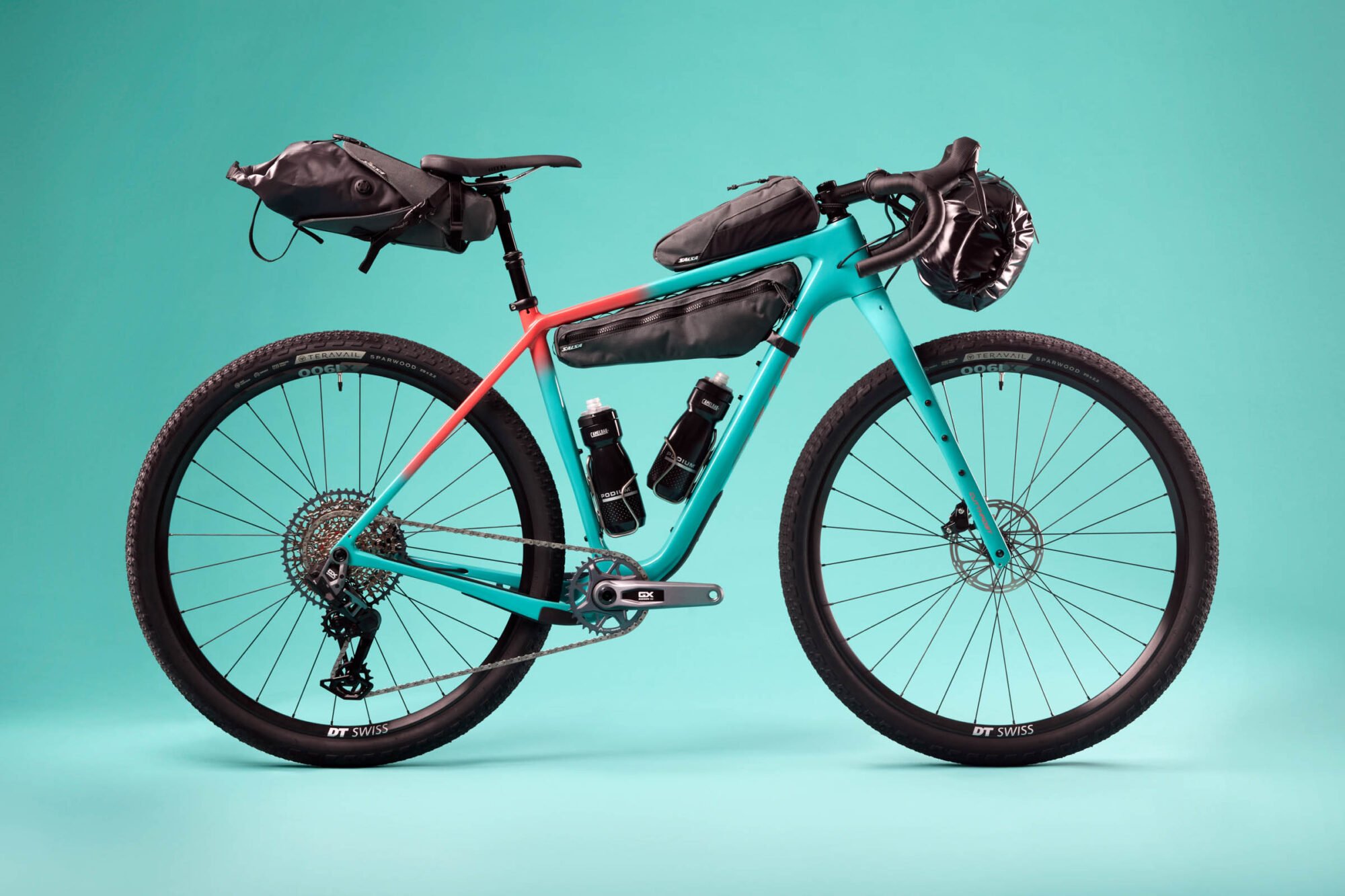
Adventure and bikepacking gravel bikes represent the sweet spot for riders wanting touring capability without full touring bike weight. These bikes are best suited for multi-day bikepacking trips and off-road touring using frame bags rather than traditional panniers.
Weighing between 10.5-13 kg (23.1-28.7 lbs), these bikes are typically constructed from steel, with some titanium and aluminum options available. Steel frames provide the durability and ride quality preferred for long-distance adventures while offering excellent repairability in remote locations.
Tire clearance expands to 45-60mm and beyond, accommodating wider tires that provide superior comfort and traction on rough surfaces. Mounting points are extensive, including frame mounts, fork mounts, and top tube mounts to accommodate various bikepacking bags and accessories. The gear range is wide and suitable for loaded riding, often featuring sub-1:1 low gears for steep climbs with gear.
Popular models include the Salsa Cutthroat and Surly Midnight Special, with pricing ranging from $1,200 to $5,500+. These bikes excel at bridging the gap between traditional gravel riding and full touring applications.
Monster Cross/Plus Gravel Bikes
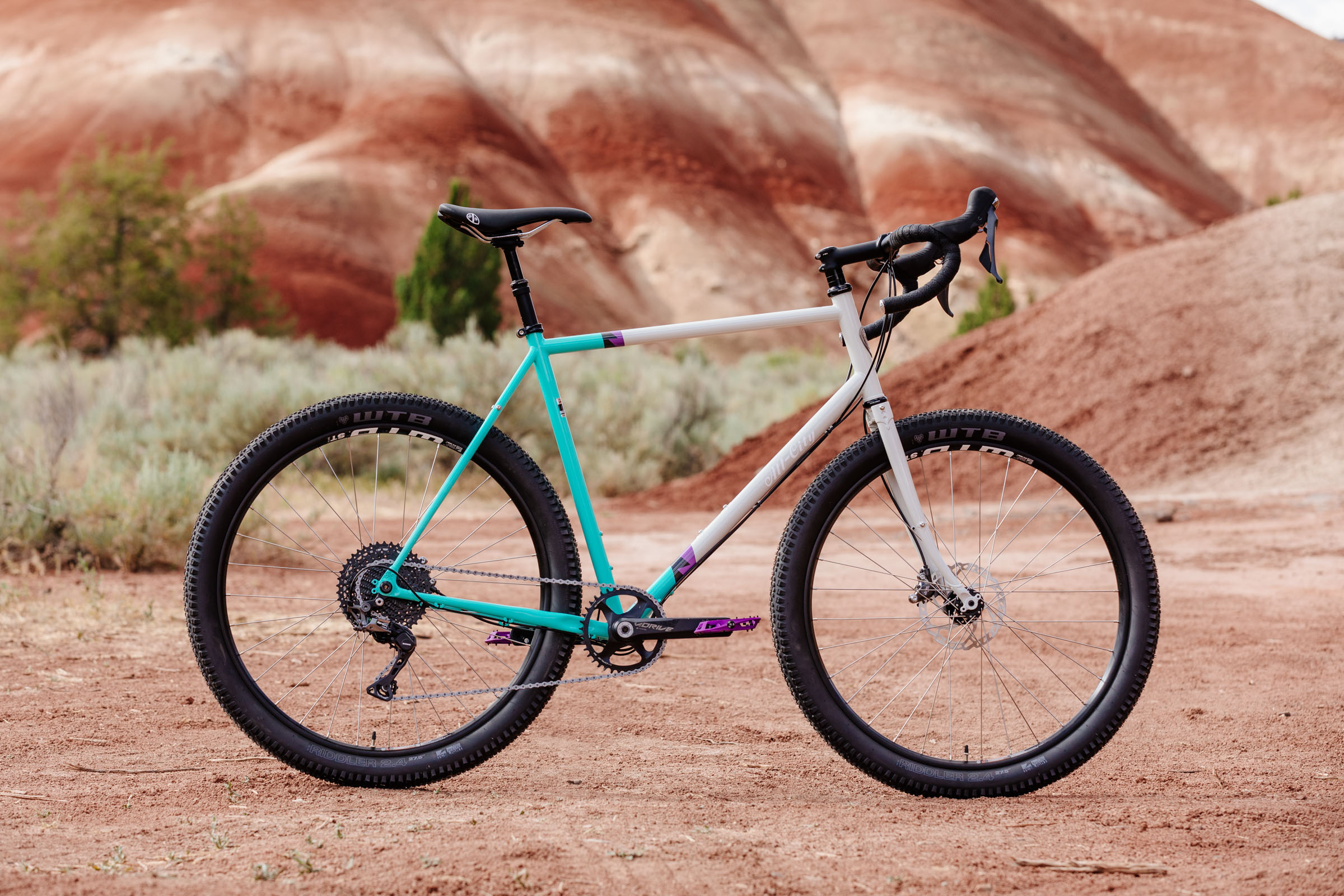
Monster cross and plus gravel bikes blur the line between gravel and mountain bikes, designed for rough terrain, ultra-distance events, and maximum versatility. These bikes can accommodate massive tire clearances of 2.1 inches and larger (55mm+), allowing riders to run true mountain bike tires when conditions demand maximum traction.
Weighing between 11.5-14 kg (25.4-30.9 lbs), these bikes feature mountain bike-inspired geometry that prioritizes stability and control over pure speed. Frame materials are typically steel or aluminum, chosen for durability rather than weight savings. Some models even offer suspension options, further enhancing comfort and control on rough terrain.
Mounting points are maximized to accommodate any touring or bikepacking setup imaginable. The gear range is very wide, often featuring mountain bike drivetrains with extremely low climbing gears.
Understanding Touring Bike Types
Touring bikes specialize in different types of loaded travel, from credit card touring to world expeditions. Each subcategory is optimized for specific load requirements and travel styles.
Credit Card/Light Touring Bikes
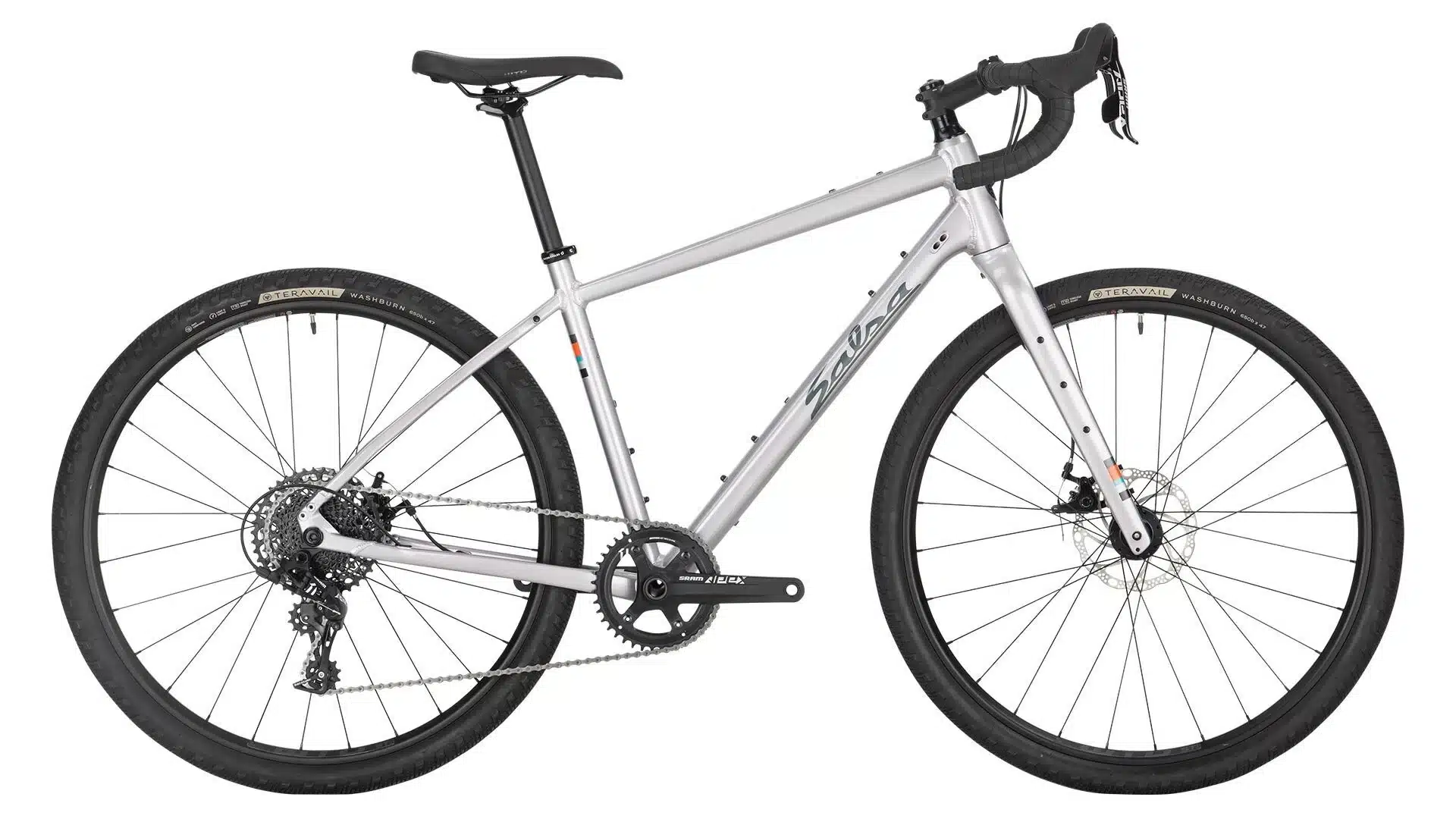
Credit card and light touring bikes are designed for hotel touring, weekend trips, and supported tours where carrying capacity is moderate but speed and agility remain important. These bikes typically weigh between 11-13 kg (24.3-28.7 lbs) and can handle 10-20kg of additional gear comfortably.
Frame materials include both steel and aluminum, with steel preferred for its ride quality and aluminum chosen for weight savings. The gear range is moderate, typically featuring 2x or 3x drivetrains that provide adequate climbing ability without the ultra-low gears needed for heavy touring. Essential mounting points are provided for racks and fenders, but the focus remains on maintaining reasonable performance when unloaded.
Pricing ranges from $1,000 to $4,000+, making these bikes accessible to riders who want touring capability without the weight penalty of full touring bikes. Key features include comfortable geometry, reliable components, and sufficient gear range for moderate climbing with light loads.
Traditional Touring Bikes
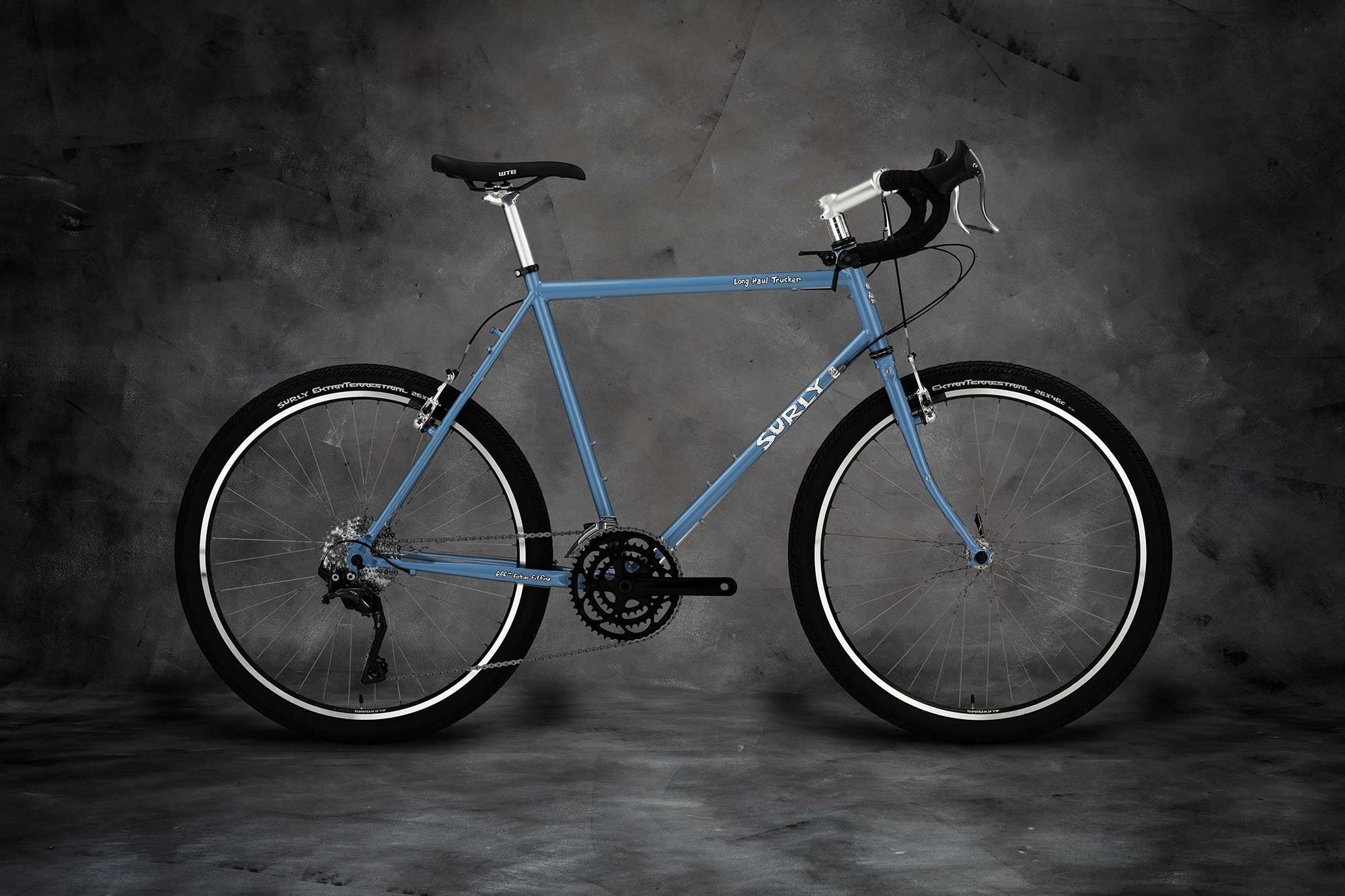
Traditional touring bikes represent the gold standard for loaded touring with front and rear panniers, designed for self-supported multi-week tours. These bikes typically weigh between 13-16 kg (28.7-35.3 lbs) and can comfortably handle 20-40kg of additional gear.
Steel construction is standard, providing the strength, durability, and ride quality essential for long-distance loaded travel. The gear range is wide, usually featuring triple chainrings that provide both ultra-low climbing gears and reasonable high-speed capability. Long chainstays are designed to provide heel clearance for large rear panniers while enhancing stability under load.
Extensive mounting points accommodate front and rear racks, fenders, and multiple water bottles. Wheels typically feature 36 spokes for strength, and many models come equipped with bar-end shifters for easy maintenance and reliable shifting. Popular models include the Surly Long Haul Trucker, Trek 920, and Kona Sutra, with pricing ranging from $1,200 to $4,500+.
Expedition Touring Bikes
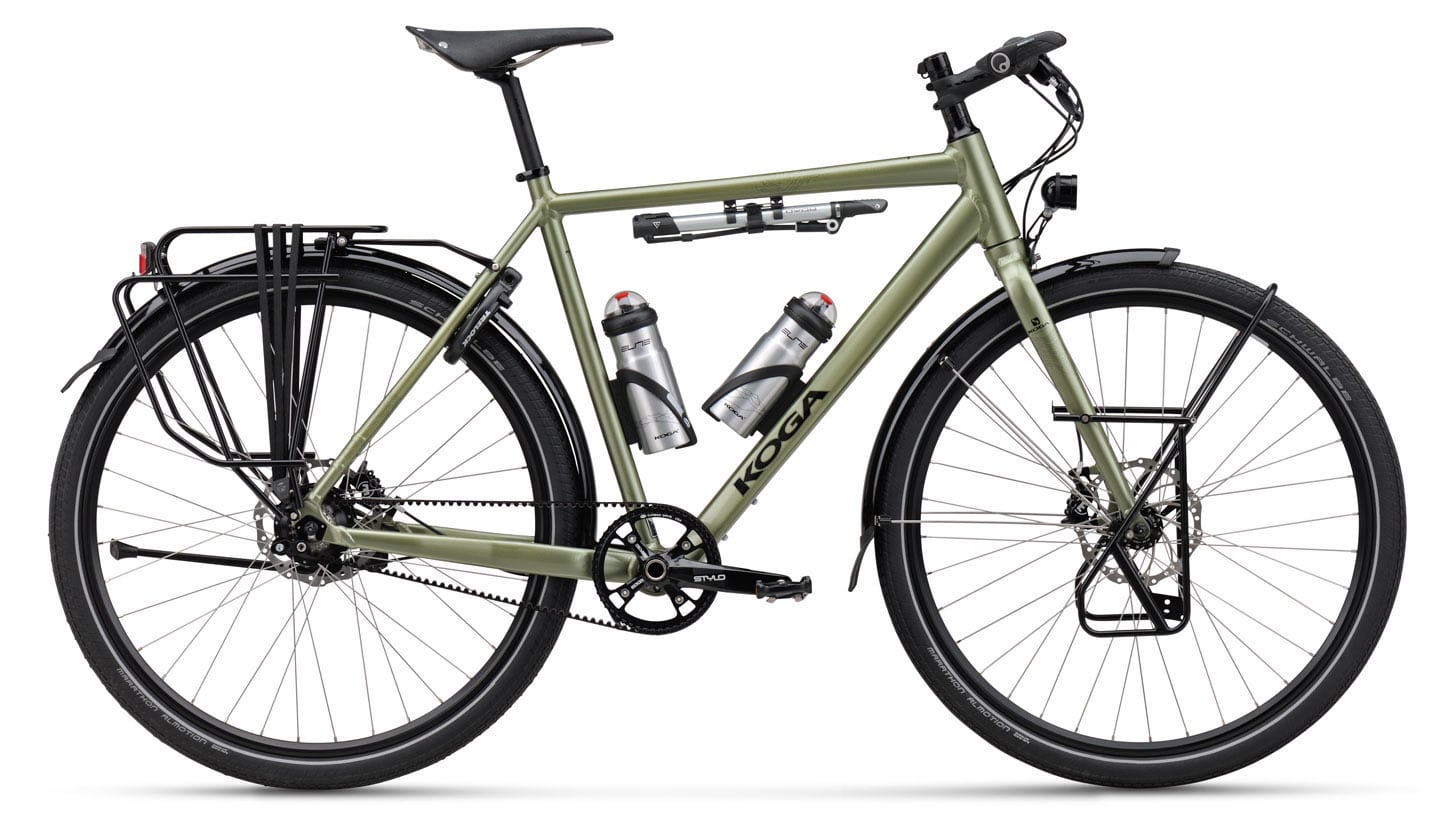
Expedition touring bikes are built for the most demanding touring conditions, including world touring, extreme environments, and maximum load carrying. These bikes typically weigh between 15-18 kg (33.1-39.7 lbs) and can handle 40kg or more of additional gear.
Robust steel construction is standard, with frame tubes and joints designed to withstand the stresses of heavy loading and rough roads. The gear range is ultra-wide, featuring sub-20-inch low gears that allow riders to climb steep grades even when heavily loaded. Triple fork mounts, under-downtube mounts, and maximum spoke counts ensure these bikes can handle any touring scenario.
All components are chosen for field serviceability and durability rather than weight savings. Pricing ranges from $1,200 to $4,500+, similar to traditional touring bikes but with enhanced durability specifications. These bikes prioritize bombproof reliability over performance, making them ideal for remote travel where mechanical failure could be dangerous.
Off-Road Touring Bikes

Off-road touring bikes combine touring capability with mountain bike durability, making them ideal for rough terrain touring and travel in developing regions. These bikes typically feature 26-inch or 29-inch wheels, wide tire clearance, and mountain bike components chosen for global parts availability.
The advantages of off-road touring bikes include superior rough-road handling and better parts availability globally, particularly important for world travelers. The trade-off is slightly less efficiency on pavement compared to traditional 700c touring bikes, but the versatility often outweighs this disadvantage for adventure-focused riders.
Technical Comparison: What Really Matters
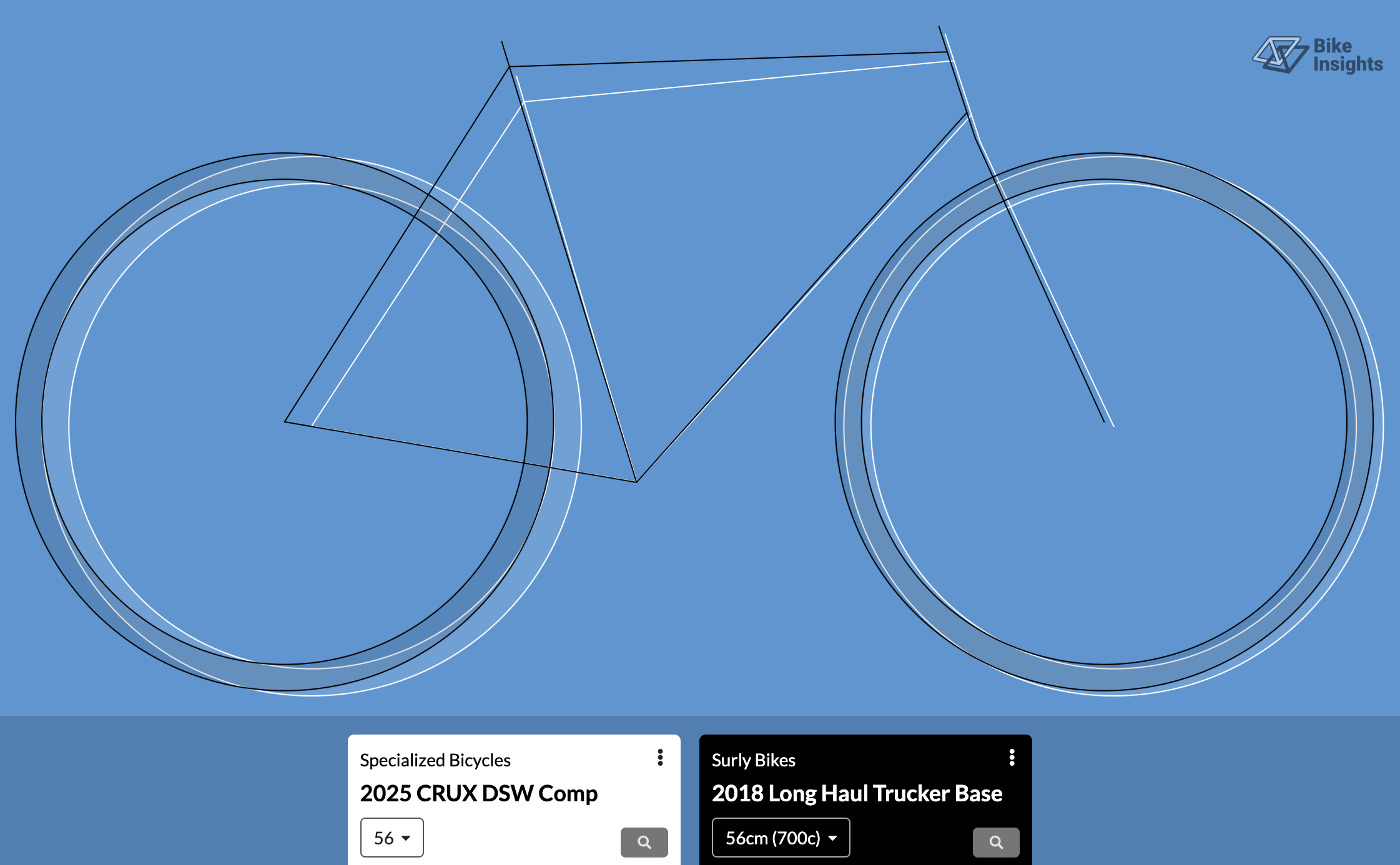
Frame geometry has the most significant impact on how a bike handles and feels, particularly when loaded with gear. The stack-to-reach ratio determines riding position, with higher ratios indicating more upright and comfortable positions. Race gravel bikes typically feature ratios of 1.35-1.45, while adventure gravel bikes range from 1.55-1.65+. Light touring bikes fall between 1.50-1.60, while expedition touring bikes offer the most upright positions at 1.65-1.75+.
Chainstay length affects stability and pannier clearance, with longer chainstays providing more stable handling under load. Race gravel bikes feature short 410-425mm chainstays for quick handling, while adventure gravel bikes extend to 430-445mm for better balance. All touring bikes use 435-460mm+ chainstays for maximum stability and pannier clearance.
Gear range becomes crucial when carrying heavy loads up steep grades. Low gear inches determine climbing ability, with lower numbers indicating easier pedaling. Race gravel bikes typically offer 28-32 inch low gears, adequate for unloaded riding but limiting with heavy loads. Adventure gravel bikes improve to 22-26 inches, while light touring bikes offer 20-24 inches. Expedition touring bikes provide 17-22 inch low gears for maximum climbing ability with heavy loads.
Component durability varies significantly between categories. Gravel bikes typically feature 28-32 spoke wheels optimized for weight, while touring bikes use 32-36 spokes for strength under load. Brake systems also differ, with gravel bikes favoring disc brakes (70% hydraulic) for performance, while touring bikes maintain a mix of disc and rim brakes with emphasis on field serviceability.
Real-World Performance
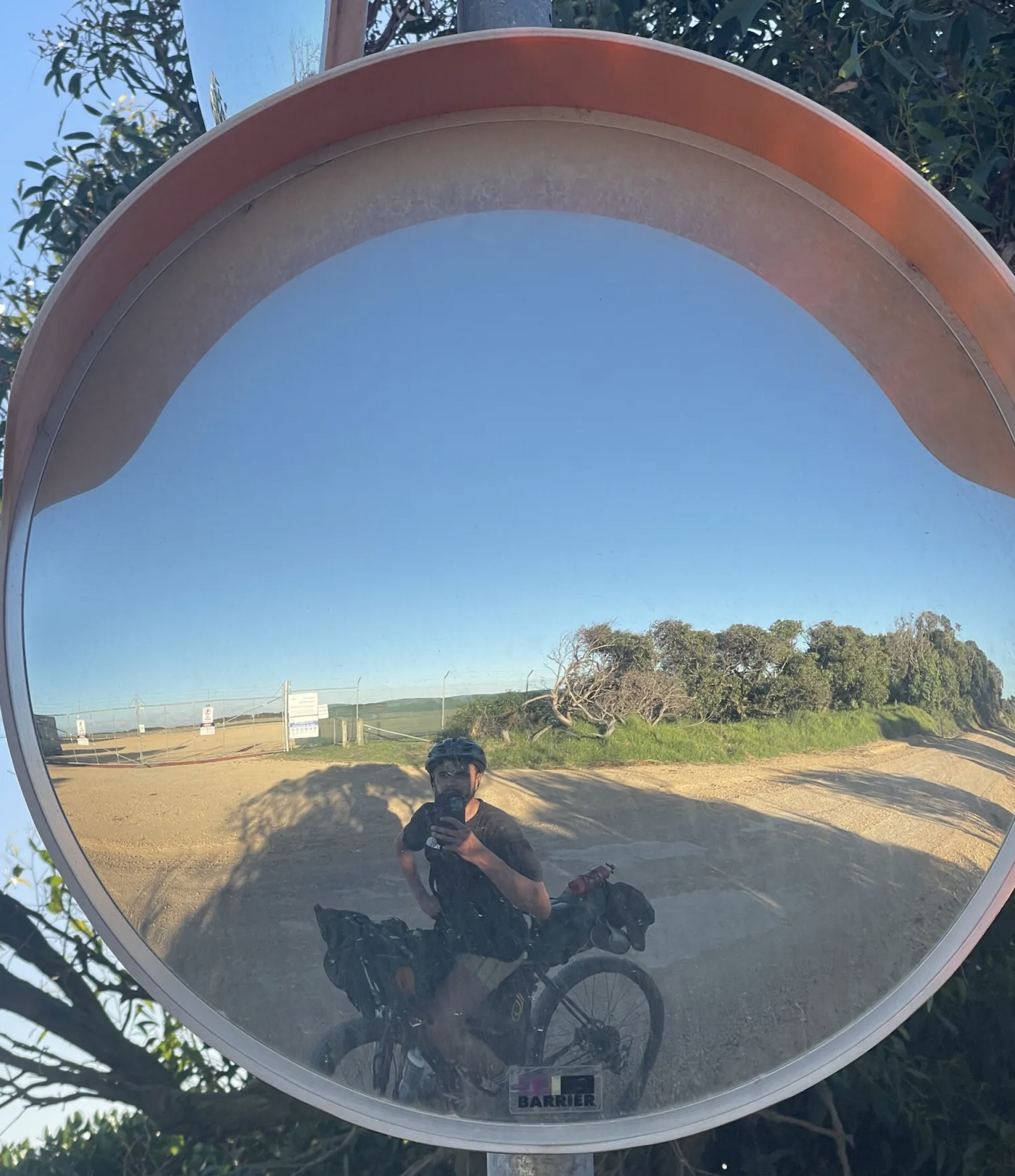
Speed efficiency varies dramatically based on load and terrain. Over 100km of mixed terrain, race gravel bikes lead by 10-15 minutes when unloaded, but this advantage diminishes as weight increases. With light loads of 10kg, all-road gravel bikes maintain a slight advantage, but with heavy touring loads of 25kg+, traditional touring bikes actually perform best due to their optimized geometry and gearing.
Comfort ratings change based on ride duration and load. For short rides, gravel bikes rate 6-8 out of 10 while touring bikes rate 7-8. On long unloaded rides, gravel bikes range from 5-9 depending on type, while touring bikes consistently rate 9-10. However, for loaded touring, gravel bikes drop to 3-8 while touring bikes maintain 9-10 ratings.
Can You Use a Gravel Bike for Touring?
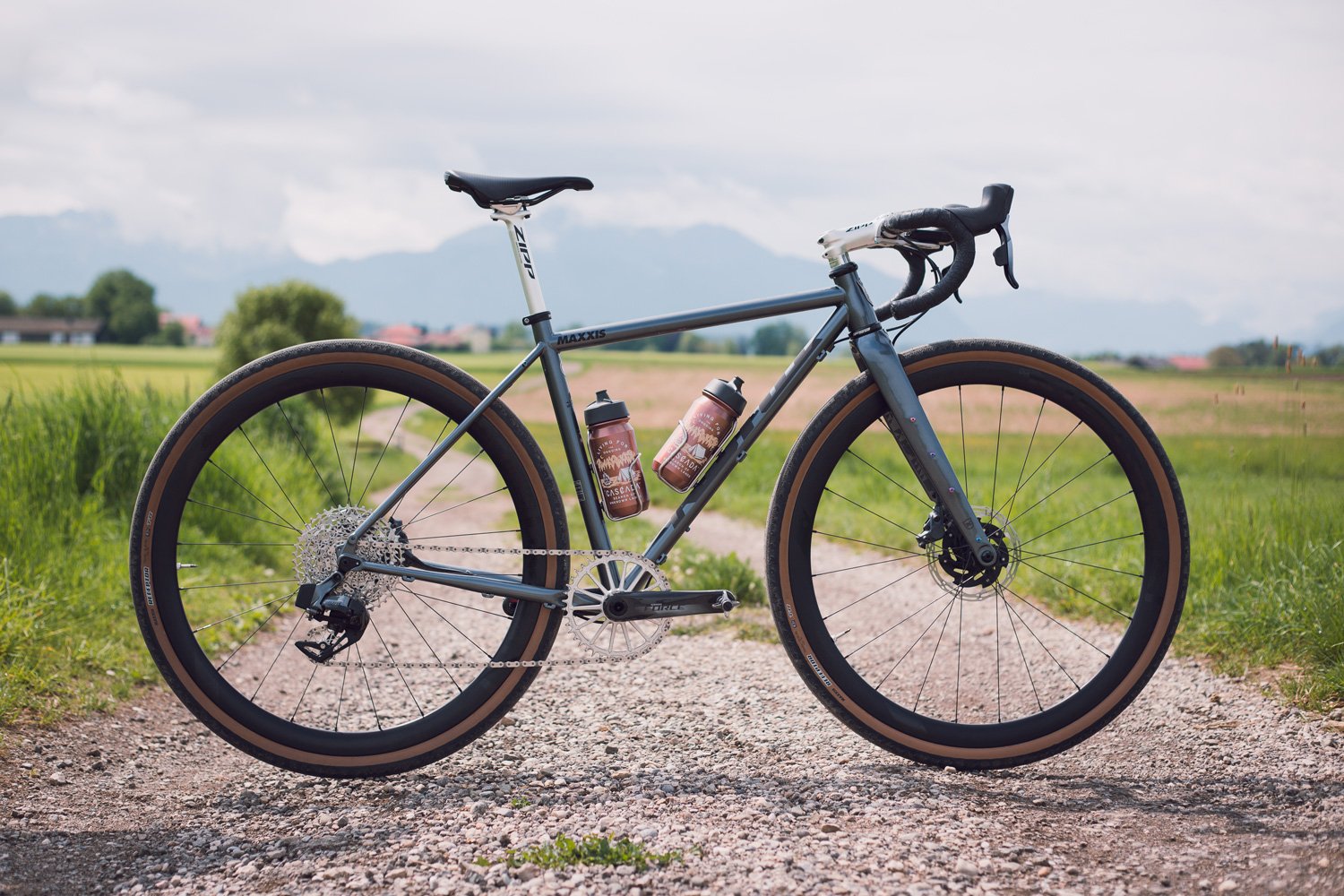
The answer is absolutely yes, but only with the right gravel bike. Successful gravel bike touring requires careful selection of models with appropriate geometry and features. Look for bikes with a stack-to-reach ratio over 1.5 for long-term comfort, chainstays between 430-445mm for stability, and extensive mounting points for both front and rear gear attachment.
Steel frame construction is preferred for durability and repairability, while wide gear ranges with low climbing gears are essential for loaded climbing. The best gravel bikes for touring include the Surly Midnight Special, Salsa Vaya, Trek Checkpoint with touring build, Genesis Croix de Fer, and Kona Rove ST.
These gravel touring bikes offer approximately 80% of traditional touring bike capability at 85% of gravel bike performance, making them excellent compromises for riders who want versatility. They excel at mixed-terrain touring, bikepacking-style adventures, and riders who prioritize performance when unloaded.
Making Your Decision
Choose a gravel bike if speed and versatility are your priorities, you’ll ride unloaded 70% or more of the time, and you want one bike for multiple riding styles. Gravel bikes excel when your tours will be primarily bikepacking-style with frame bags rather than traditional panniers, and when performance matters more than maximum comfort.
Choose a touring bike if comfort on long rides is paramount, you’ll frequently carry 20kg or more of gear, and you prefer traditional panniers over frame bags. Touring bikes are ideal when reliability trumps performance and you’re planning extended world travel where durability is crucial.
Consider a gravel touring bike if you want the best of both worlds, your touring will be mixed terrain, and you’ll do both loaded and unloaded riding regularly. These bikes work well when weight savings matter for your tours and you appreciate the versatility of wider tire options.
The gravel bike versus touring bike decision isn’t about which is universally better—it’s about matching your bike to your primary riding style and intended use. Many cyclists today own both types, using gravel bikes for fast, light adventures and touring bikes for heavy, long-distance journeys.
For riders seeking maximum versatility, adventure-oriented gravel bikes or dedicated gravel touring bikes represent an excellent middle ground. These bikes offer genuine touring capability while maintaining the speed and agility that makes everyday riding enjoyable, providing the best compromise for cyclists who refuse to be limited by traditional categories.


